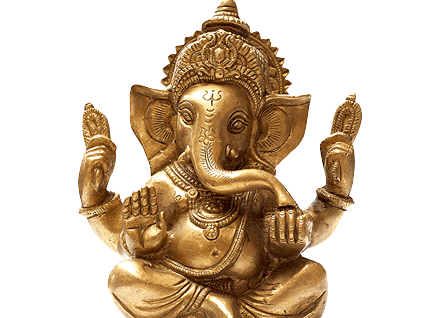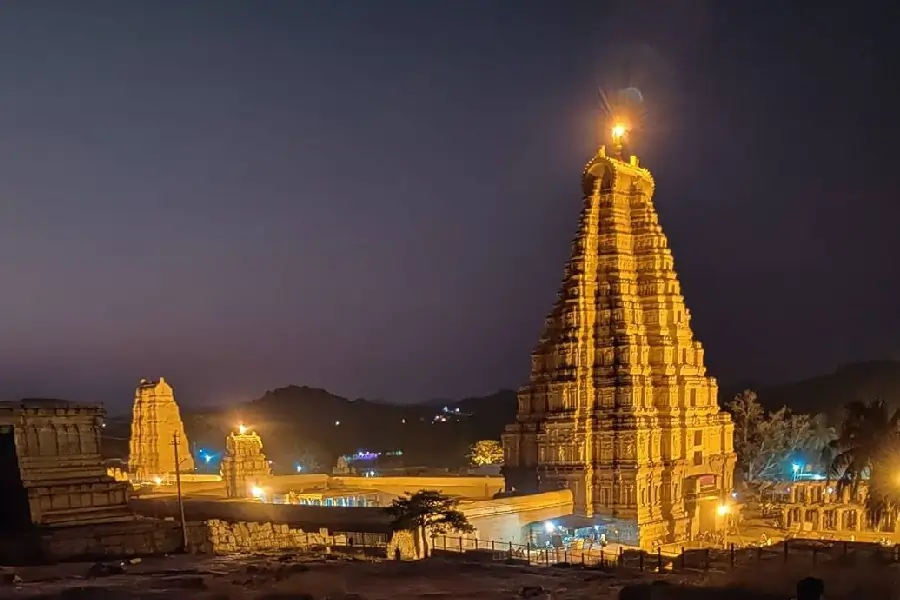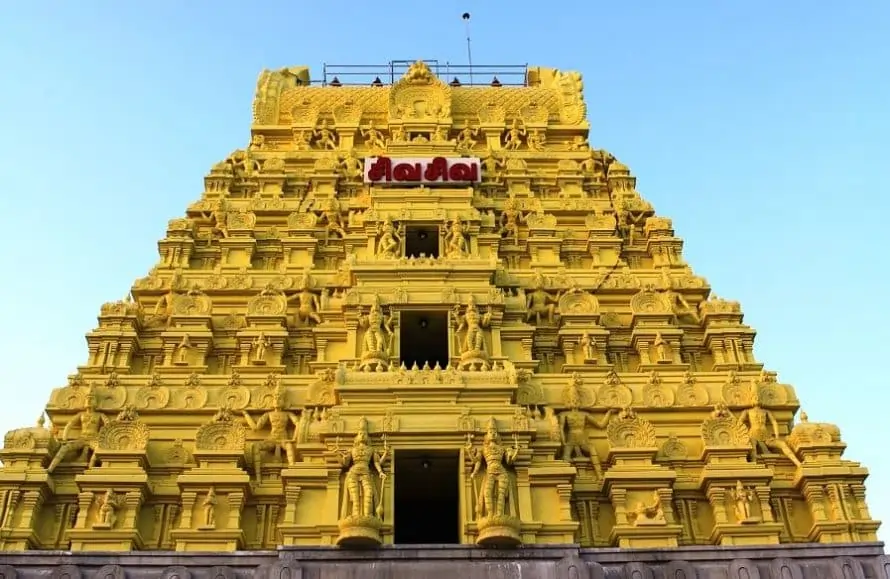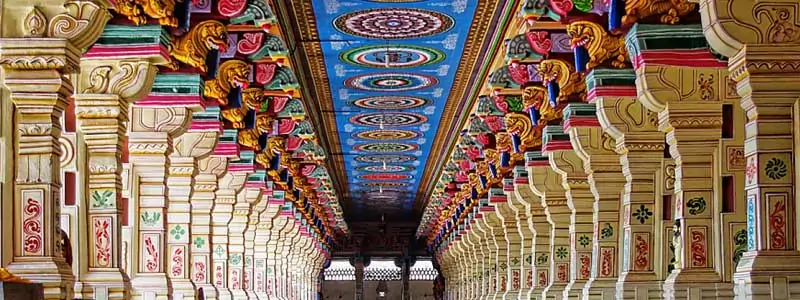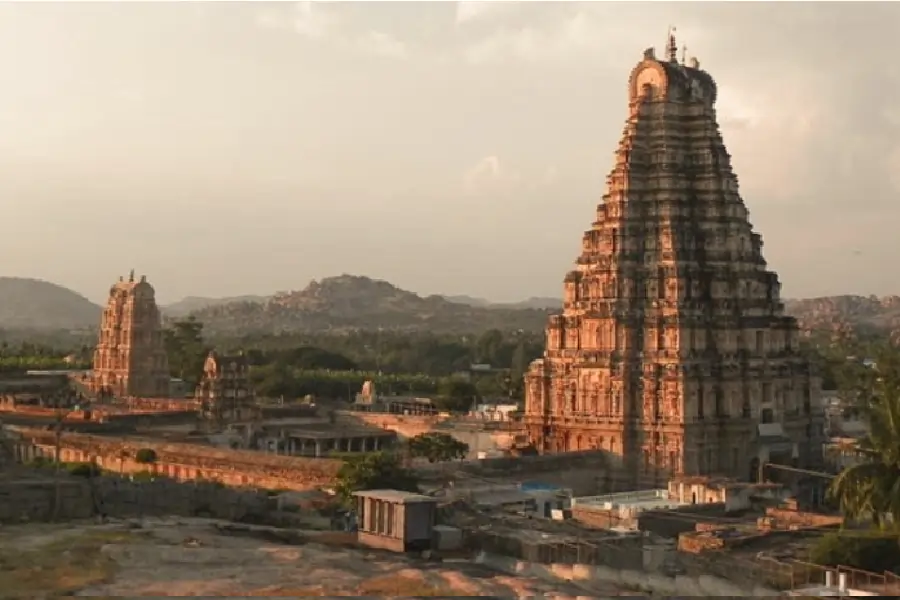
Pujas and Festivals of Jagannath Temple: Immerse Yourself in Rituals

There is a hub of vibrant, puja, rituals and festivals in Jagannath Temple in Puri, Odisha which is not only a magnificent architectural marvel but home to several rituals. This sacred abode of Lord Jagannath, Lord Balabhadra, and Devi Subhadra pulsates with spiritual energy throughout the year. Join us as we delve into the intricate tapestry of customs and celebrations that make the temple a captivating destination for devotees and visitors alike.
Mangala Arati:
Mangala Arati is the first ritual of the day, performed at dawn to awaken the deities. The temple priests offer lamps, incense, and flowers while chanting devotional hymns. Devotees gather to witness this sacred ritual, immersing themselves in the serene and divine atmosphere. The Mangala Arati sets the tone for the day, invoking blessings and auspiciousness. This is among the most important Pujas and Festivals of Jagannath Temple
Abakash:
Abakash is a daily ritual that prepares the deities for the day’s worship. The temple priests perform ceremonial baths of the deities, known as Snana, using holy water, sandalwood paste, and aromatic substances. After the bathing, the deities are adorned with elaborate attire and jewelry. Devotees eagerly await the Abakash ritual, as it offers a special opportunity to witness the divine beauty of Lord Jagannath, Lord Balabhadra, and Devi Subhadra.
Sahanamela:
Sahanamela refers to the public appearance of the deities on the temple’s outer porch. During this ritual, the temple gates are opened, and devotees can catch a glimpse of the divine siblings up close. It is a precious opportunity for devotees to offer their prayers and witness the divine grace of Lord Jagannath, Lord Balabhadra, and Devi Subhadra. The atmosphere is filled with devotion and reverence as devotees pay their respects and seek blessings.
Snana Purnima:
Snana Purnima, also known as Deba Snana Purnima or Deva Snana Yatra, is one of the grandest rituals at the Jagannath Temple. It takes place on the full moon day of the Hindu month of Jyestha (June). The ritual involves the ceremonial bathing of the deities with 108 pitchers of aromatic water in the Snana Mandap, an elevated platform. The deities are brought outside the sanctum sanctorum, and the bath is accompanied by sacred chants and hymns. This ritual signifies the divine healing and rejuvenation of the deities.
Gundicha Yatra:
The Gundicha Yatra is an annual journey of Lord Jagannath, Lord Balabhadra, and Devi Subhadra to their aunt’s abode, the Gundicha Temple. This festival spans nine days, during which the deities are taken in elaborately decorated chariots from the Jagannath Temple to the Gundicha Temple, approximately 3 kilometers away. Devotees eagerly participate in pulling the chariots with ropes, considering it a great honor and a way to earn divine blessings. The festival symbolizes the reunion of the divine siblings with their aunt and showcases the strong bond between family members.
Rath Yatra:
Among all the rituals, pujas and Festivals of Jagannath Temple, The Rath Yatra, or the Chariot Festival, is the most famous and anticipated festival at the Jagannath Temple. It commemorates Lord Jagannath’s journey to visit his devotee, Queen Gundicha, in the Gundicha Temple.
On this grand occasion, the deities are placed on lavishly decorated chariots, known as Nandighosha (for Lord Jagannath), Taladhwaja (for Lord Balabhadra), and Darpadalan (for Devi Subhadra). Thousands of devotees from all walks of life come together to pull the chariots through the streets of Puri. The Rath Yatra is a spectacle of devotion, with devotees chanting and singing hymns, and the air filled with the sound of drums and cymbals. Witnessing the procession of the chariots is considered extremely auspicious, and devotees seek the opportunity to touch the chariots or the ropes to gain divine blessings.
Bahuda Yatra:
The Bahuda Yatra, also known as the Return Journey, takes place on the ninth day after the Rath Yatra. The deities, accompanied by a grand procession, return to the Jagannath Temple. The fervor and enthusiasm are no less than during the Rath Yatra, as devotees line the streets to catch a glimpse of the divine siblings. The Bahuda Yatra signifies the completion of the annual journey and the deities’ return to their abode. It is an occasion of great joy and celebration for devotees.
Niladri Bije:
The Niladri Bije is the culminating event of the Rath Yatra festival. It symbolizes Lord Jagannath’s return to the sanctum sanctorum of the Jagannath Temple. Upon reaching the temple, Lord Jagannath, in a playful gesture, is initially barred from entering by his consort, Devi Lakshmi. After persuasion and offering of gifts, Lord Jagannath is allowed entry, and the deities are welcomed with great pomp and joy. The Niladri Bije signifies the reunion of the divine siblings in their divine abode and is celebrated with great enthusiasm.
Conclusion:
The Jagannath Temple in Puri is not only a testament to architectural brilliance but also a haven of sacred pujas, rituals, and festivals. The daily routines and grand celebrations provide a glimpse into the rich spiritual heritage of Odisha. Whether it’s witnessing the divine bathing ceremony during Snana Purnima or pulling the chariots during the Rath Yatra, these rituals offer devotees and visitors an opportunity to experience deep spiritual connections and immerse themselves in the devotion that permeates the air. A visit to the Jagannath Temple during these auspicious occasions is a transformative experience that nourishes the soul and strengthens the bond between humanity and the divine.
To know more about the Jagannath Temple Puri, visit these links:
Jagannath Temple Puri: History, Significance, Facts – All You Want To Know
Must Read:
History of Jagannath Temple
Puri Jagannath temple timings: Opening time, Darshan time and Bhog time
Lesser Known Facts About Jagannath Temple
How to Reach Jagannath Temple railway & airport
Jagannath Temple Puri: History, Significance, Facts – All You Want To Know
Shri Jagannath Aarti : Chaturbhuja Jagannatha Kantha Sobhita Koustubha
श्री जग्गनाथ आरती – चतुर्भुज जगन्नाथ
The Architectural Splendour of Jagannath Temple, Puri
Myths and Legends of Jagannath Temple, Puri
Connecting Faith Across Continents: Top 10 Jagannath Temples Outside of India
Top 10 Jagannath Temples In India

